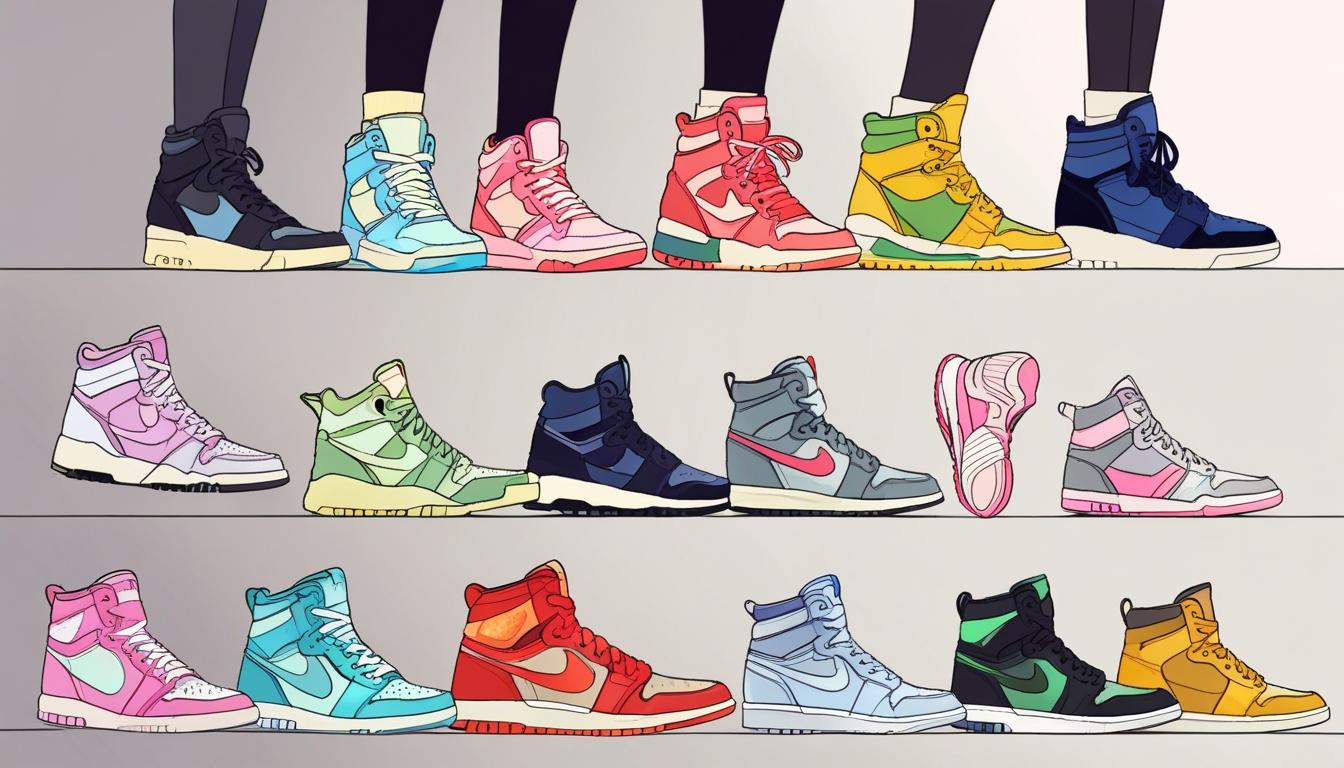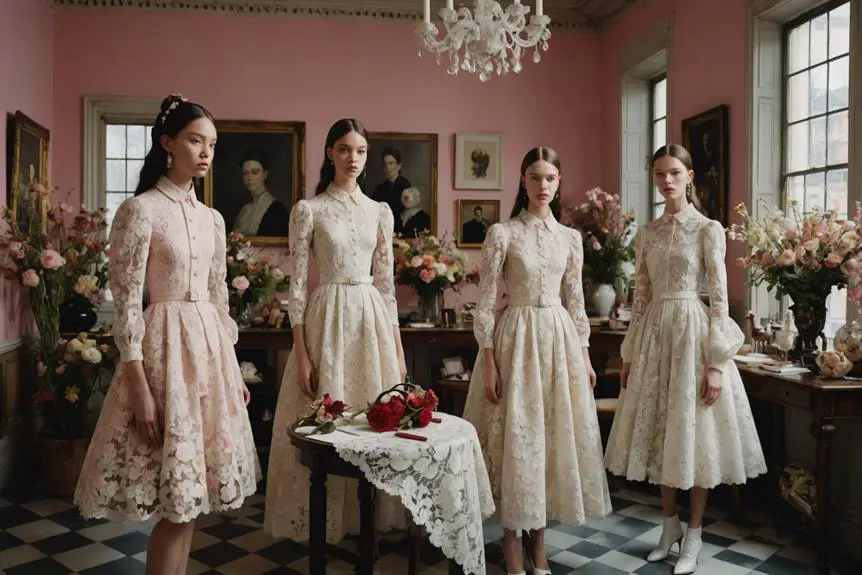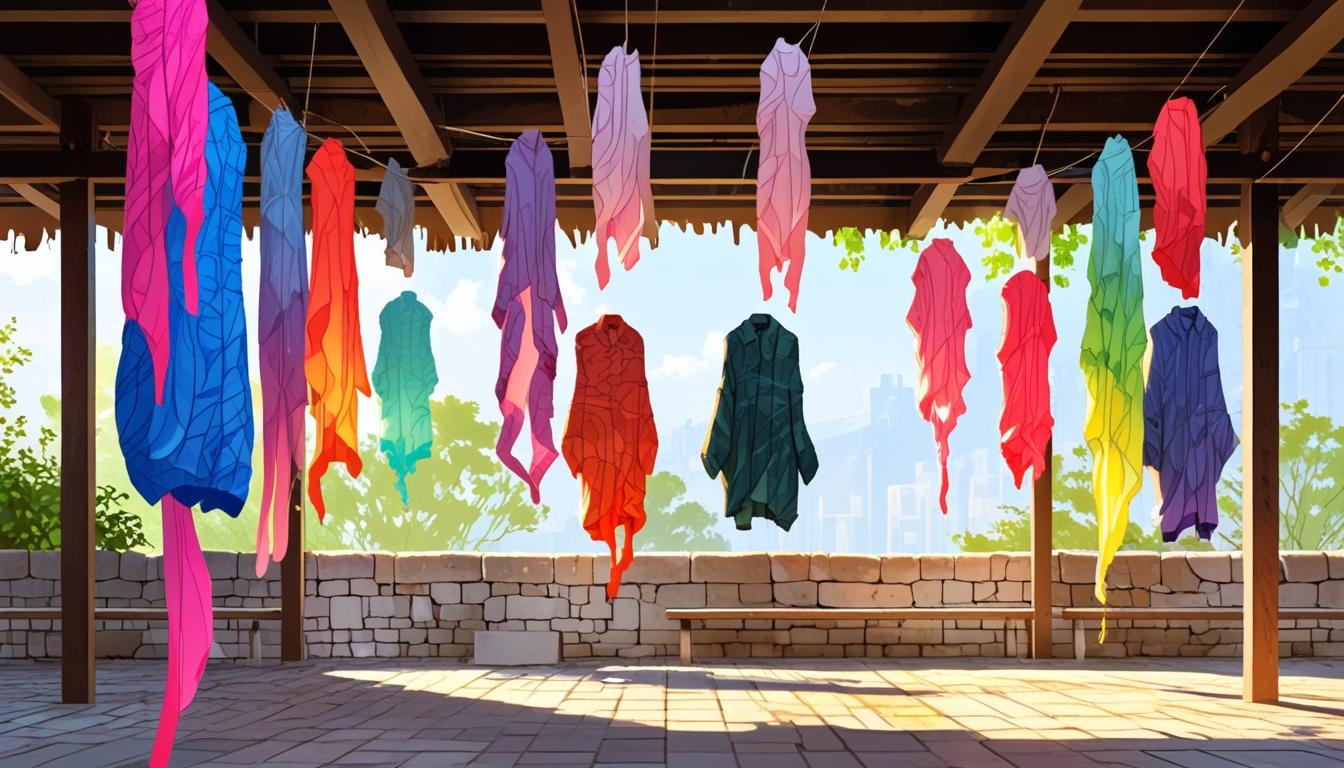Exploring the evolution of sneakers from athletic origins to a cultural phenomenon, highlighting trends that shape contemporary fashion.
Sneakers, a cornerstone of contemporary fashion, are often described as pivotal in defining the lower half of our outfits. The term encompasses a wide array of designs that range from athletic wear to high-fashion statements, reflecting the footwear’s evolution from a simple sports tool to a cultural phenomenon. This evolution underscores their versatility, making them suitable for various occasions and styles.
Originally, sneakers were designed for athletic activities and were first introduced in the United States during the 1860s. These shoes were crafted from rubber and fabric to provide comfort and functionality for sports such as croquet and tennis. Over time, their association with athleticism was leveraged by brands that utilized endorsements from athletes and Hollywood stars to popularize sneakers as everyday casual footwear. As a result, they transitioned from sporting goods to a staple in street fashion, appealing to a wide audience.
In the current sneaker landscape, five primary genres can be identified. Basketball sneakers are known for their thick soles and durability, built to handle fast-paced movements. Court sneakers, built for sports like tennis, boast a flat sole and flexible design that caters to agility. Skate sneakers prioritize stability and wear resistance for skateboarders, while running sneakers focus on motion support and cushioning, often showcasing bold designs. Lastly, outdoor sneakers are crafted for activities like hiking, equipped with features to withstand tough environmental conditions.
Understanding sneaker terminology is essential for enthusiasts and casual wearers alike. Sneakers are categorized by the height of their openings, with low-cut, high-cut, and mid-cut styles each offering different levels of support and aesthetic. High-technology sneakers utilize advanced materials for a lightweight experience, while low-tech options often draw from classic designs. Other terms include “shoeless” sneakers for slip-ons, “band” sneakers with Velcro, and “dad” sneakers, reflecting a chunky, retro aesthetic.
The trend of sneakerization represents a blending of traditional footwear styles with the comfort of sneakers. Innovations such as ballet sneakers, which merge feminine design with sneaker elements, and “sneafar,” a combination of loafers with sneaker soles, illustrate this blending approach. Wedge sneakers, with their triangular high-heeled design, add a fashionable lift while maintaining a casual appeal.
Looking ahead to Spring/Summer 2025, a notable trend is the rise of sneaker boots—a hybrid design that melds the aesthetics of traditional boots with the comfort of sneakers. Brands like YELLO are leading this trend, fusing European and American styles with Japanese craftsmanship, creating sneaker boots that fit snugly like socks. Drawing inspiration from boxing and racing footwear, these designs often feature high protection and lightweight structures. Recent collections from high-end fashion houses, including Dior and Stella McCartney, have highlighted sneaker boots with tapered heels and vintage touches, indicating that this trend is likely to reshape sneaker culture in the near future.
The sneaker industry continues to evolve, with both current trends and nostalgic designs paving the way for unique footwear choices that resonate across various fashion scenes.
Source: Noah Wire Services




